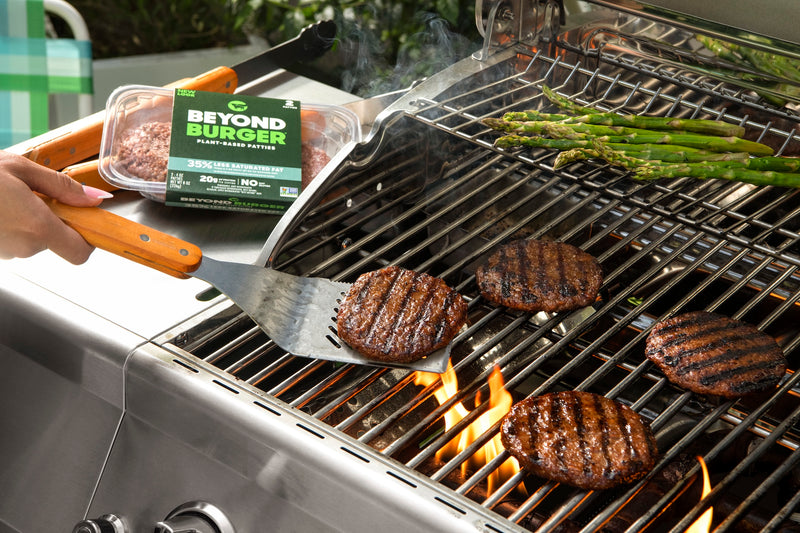From congealed salads in the 1930s to unicorn food in the 2010s, the food and beverage industry has seen its share of fads over the years. But one idea many foodies, farmers, and environmentalists hope won’t die as another trend is food regionalization. That’s because a regionally-based food system is not only more economical but also helps local businesses and the environment.


“Regionalization,” as a system, is as old as human civilization. When Mesopotamian agriculture took root in 4000 BCE, farmers didn’t have many shipping options.
Modern regionalization focuses on shifting away from a globally-dependent supply chain and specific regions to develop and contribute to their own food supply chain. It accounts for the logistics of food systems — how food is moved and where — as well as how and where it’s produced.
Researchers typically defi ne “regional,” as an area wherein cities, counties, or states provide the diverse needs of their community, including resources, labor, or capital.


The challenge
It’s no secret the U.S. food system isn’t the most sustainable. For example, a meal in the U.S. travels about 1,500 miles to get from farm to plate, according to researchers from the Center for Urban Education about Sustainable Agriculture (CUESA).
Transporting food over long distances not only produces large amounts of carbon dioxide, but it can also make food more unhealthy.
“To transport food long distances, much of it is picked while still unripe and then gassed to ‘ripen’ it after transport or it is highly processed in factories.


Shifting systems
Consumers and producers are increasingly demanding change and seeking out more regionally-focused food systems. And it’s not just aspirational —consumers are also willing to pay more for what they think is the healthiest option.
More than 75% of respondents in a Foreger survey reported that they’d be willing to pay 20% more for local food. Another survey shows that 96% of respondents feel that locally-grown food is the freshest, healthiest, and most nutritious food available.
In addition, farm subscription programs for meat and produce, known as Community Shared Agriculture or CSAs, reported record growth in 2020 and 2021.

Startup Solutions
One model that’s serving as a promising example of re-regionalizing food is Iowa’s 99 Counties.
The startup is building a vertically-integrated platform for farmers, conduit between stakeholders to create business opportunities and provide resources.
“If Covid has taught us anything it is that our health is paramount, and the long-distance food supply chain is far too vulnerable to disruption,” said 99 counties co-founder Nick Wallace. “The best way to feed people locally is to grow food locally.”

Learn more
At SOFi, we’re addressing the world’s plastic problem differently. Learn more about our mission and durable paper straws here.

In the news
- Palm oil is a leading cause of deforestation — and demand for it is expected to double by 2050. The food-tech startup C16 Biosciences is trying to change that with a synthetic “microbial” palm oil alternative that drew a $20 million investment from the like Bill Gates.
- The Boston Red Sox plan to buy carbon credits using a portion of each ticket sold. Fenway Park already features solar panels and a rooftop garden.
- Food grown via regenerative agriculture has higher nutritional content, a new University of Washington study found. Regenerative ag is a conservation approach to farming that prioritizes topsoil regeneration, biodiversity, water cycle, and other techniques to strengthen soil health while reducing impact.
- New Jersey’s huge offshore wind energy plans are expected to attract $150 billion in private investments as well as thousands of jobs. The Garden State has committed to 7,500 megawatts of offshore wind energy by 2035 — enough to power about 3 million homes.



